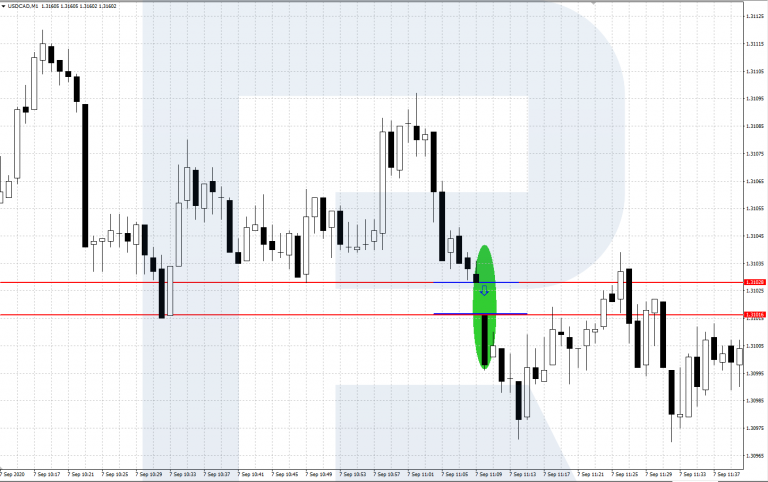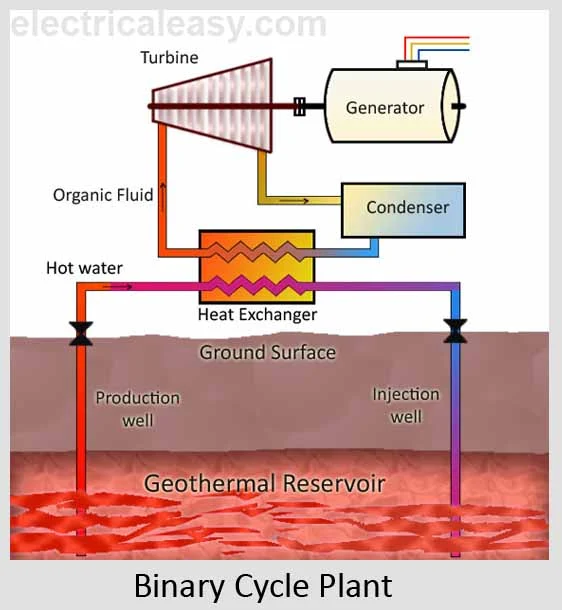The Ultimate Guide to Geothermal Energy, Earthquakes, and Induced Seismicity
I remember visiting Iceland a few years back, awestruck by the power of the earth literally bubbling to the surface. Geysers, hot springs – it felt like a glimpse into the planet's fiery core. But a local guide casually mentioned something that stuck with me: the increased seismic activity near some of their geothermal power plants. It sparked a question: can our pursuit of clean energy actually be... shaking things up?
Understanding Induced Seismicity and Geothermal Energy
The term induced seismicity refers to earthquakes that are triggered by human activities, as opposed to natural tectonic processes. While most earthquakes are caused by the movement of tectonic plates, certain industrial operations can alter subsurface stresses and lead to fault slippage. Geothermal energy production, specifically enhanced geothermal systems (EGS), has been linked to induced seismicity in some cases. This is not to say that all geothermal energy is inherently dangerous, but rather that careful planning, monitoring, and mitigation strategies are crucial.
EGS involves injecting high-pressure fluid into hot, dry rocks deep underground to create artificial reservoirs. The heated water is then extracted and used to generate electricity. This injection process can lubricate existing faults, potentially triggering small to moderate earthquakes. The risk is generally higher in areas with pre-existing faults that are close to critically stressed conditions. Statistics show that the vast majority of geothermal plants operate without causing felt earthquakes; however, the potential for induced seismicity is a real concern that must be addressed.
Factors Influencing Earthquake Risk
Fault Characteristics
The presence, orientation, and stress state of pre-existing faults are critical factors. Faults that are already close to failure are more susceptible to being triggered by fluid injection.
Injection Parameters
The injection rate, pressure, and volume of fluid are all important parameters. Higher injection rates and pressures increase the likelihood of triggering earthquakes. The type of fluid also matters, as certain fluids may be more effective at lubricating faults.
Geological Setting
The local geology plays a significant role. Areas with complex fault networks and high tectonic stress are generally more prone to induced seismicity.
The following table provides a comparison of the factors and their influence on the probability of inducing seismic events:
| Factor | Influence on Earthquake Risk |
|---|---|
| Fault Density | Higher density increases the risk |
| Injection Pressure | Higher pressure increases the risk |
| Injection Volume | Larger volume increases the risk |
| Pre-existing Stress | Higher stress increases the risk |
The Link Between Geothermal Power Plants and Earthquakes: A Closer Look
While natural earthquakes are primarily driven by the movement of tectonic plates, the connection between geothermal power plants and earthquakes arises when human activities disrupt the delicate balance of subsurface stress. The process of extracting geothermal energy can involve the injection of fluids to enhance permeability and facilitate heat extraction. This fluid injection can, in turn, alter the pore pressure within underground rock formations, potentially reactivating existing faults and causing them to slip.
The key mechanism at play is the lubrication of faults. When fluids are injected, they can reduce the frictional resistance along fault planes. If the stress on a fault is already close to the point of failure, even a small reduction in friction can trigger an earthquake. The size of the earthquake depends on several factors, including the size of the fault, the amount of stress released, and the characteristics of the surrounding rock.
Distinguishing Geothermal Earthquakes from Fracking Earthquakes
It's important to distinguish between geothermal earthquakes and fracking earthquakes, although both fall under the umbrella of induced seismicity. While both involve fluid injection, the scale and purpose of the operations differ. Fracking earthquakes are typically associated with the disposal of wastewater generated during hydraulic fracturing (fracking) operations. These operations often involve injecting large volumes of wastewater into deep disposal wells, which can impact much larger areas and trigger more significant earthquakes than are usually associated with geothermal energy production. "According to a 2024 study published in *Science*, wastewater disposal is responsible for the majority of induced seismicity in the central and eastern United States."
Furthermore, the geothermal reservoir operations are typically intended to stimulate specific, well-defined zones, while wastewater disposal can affect broader geological regions. In essence, though the underlying mechanism is similar, the scale, purpose, and management strategies differ, leading to potentially different levels of earthquake risk.
Assessing the Environmental Impact and Renewable Energy Risks
The environmental impact of geothermal energy production extends beyond the potential for induced seismicity. Other considerations include the release of greenhouse gases (though typically far less than fossil fuels), land use, and water consumption. However, the risk of induced seismicity is a significant concern that needs to be carefully evaluated during the planning and operation of geothermal power plants.
The renewable energy risks associated with geothermal energy are often weighed against the benefits of reducing reliance on fossil fuels and mitigating climate change. A comprehensive risk assessment should consider the probability and magnitude of potential earthquakes, the potential for damage to infrastructure and property, and the potential for public concern and opposition. The implementation of robust monitoring and mitigation strategies is essential for minimizing the risks and maximizing the sustainability of geothermal energy.
Mitigation Strategies for Geothermal Earthquakes
Several strategies can be employed to mitigate the risk of induced seismicity associated with geothermal energy production:
- Careful Site Selection: Thorough geological and geophysical investigations should be conducted to identify and characterize existing faults. Sites with critically stressed faults should be avoided.
- Real-Time Monitoring: Installing a dense network of seismometers can provide real-time monitoring of seismic activity. This allows operators to detect even small earthquakes and adjust injection parameters accordingly.
- Gradual Ramp-Up: Gradually increasing injection rates and pressures can help to avoid sudden changes in subsurface stress.
- Traffic Light Systems: Implementing a "traffic light system" that automatically adjusts injection parameters based on seismic activity. For example, if a certain magnitude threshold is exceeded, injection rates may be reduced or even stopped.
- Stress Mapping: Conducting detailed stress mapping to understand the orientation and magnitude of stresses in the subsurface. This information can be used to optimize injection strategies and minimize the risk of triggering earthquakes.
The deployment of these mitigation strategies can significantly reduce the possibility of experiencing strong seismic events. The industry must remain focused on continuous development and improvements in seismic monitoring technologies and strategies.
The following table lists the strategies and their effectiveness in mitigating earthquake risk:
| Mitigation Strategy | Effectiveness |
|---|---|
| Careful Site Selection | High |
| Real-Time Monitoring | High |
| Gradual Ramp-Up | Medium |
| Traffic Light Systems | Medium to High |
| Stress Mapping | Medium |
FAQ
Here are some frequently asked questions about geothermal earthquakes:
- Are all geothermal plants associated with earthquakes? No, most geothermal plants operate without causing felt earthquakes. However, the potential for induced seismicity exists, particularly with enhanced geothermal systems (EGS).
- How big can geothermal earthquakes get? The magnitude of geothermal earthquakes is typically smaller than natural earthquakes. Most are below magnitude 4, but larger events are possible under certain conditions.
- What can be done to prevent geothermal earthquakes? Careful site selection, real-time monitoring, gradual ramp-up of injection rates, and traffic light systems can help to mitigate the risk.
- Is geothermal energy still a worthwhile renewable energy source given the earthquake risk? Yes, geothermal energy remains a valuable source of renewable energy. The risks can be managed through careful planning, monitoring, and mitigation strategies. The benefits of reducing reliance on fossil fuels often outweigh the risks when these procedures are adhered to.
In conclusion, while the connection between geothermal energy production and induced seismicity is a real and important consideration, it's not an insurmountable obstacle. With diligent research, robust monitoring, and proactive mitigation strategies, we can harness the power of the earth for clean energy while minimizing the potential for earthquake risk. What are your thoughts on this complex issue? Share your questions and experiences in the comments below.


